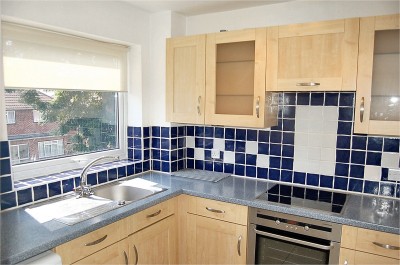Darren Murphy’s Market Update
The residential property market in England is navigating a period of cautious optimism, shaped by shifting economic conditions, evolving buyer sentiment, and regional disparities. After a turbulent start to the year—driven by stamp duty changes and interest rate uncertainty—activity is beginning to stabilise, albeit unevenly across the country.
Price Trends and Buyer Behaviour
House prices in England have shown modest annual growth of around 3.4%, with the average property now valued at approximately £269,000. However, monthly figures reveal a more subdued picture: June saw a 0.8% decline, the sharpest in over two years. This reflects a market adjusting to increased supply and price sensitivity among buyers. Asking prices have also dipped, with July recording a 1.2% fall—the largest for that month in two decades.
Regional Divergence
While London and the South East continue to experience sluggish growth (less than 0.5% annually), regions such as the North East and East Midlands are outperforming, buoyed by relative affordability and tighter supply. Rural areas have also outpaced urban centres in price growth over the past five years, suggesting a sustained shift in buyer preferences.
Market Dynamics
The RICS Residential Market Survey indicates a turning point in buyer demand, with new enquiries moving into positive territory for the first time since December 2024. Sales volumes are stabilising, and near-term expectations are cautiously optimistic. However, the supply pipeline may be losing momentum, as new instructions to sell have softened.
Affordability and Lending
Affordability remains a key concern. Despite rising wages, the average home still costs over seven times the median annual earnings. Mortgage rates are expected to remain in the 4–5% range, but easing affordability tests and increased loan allowances could support first-time buyers and boost transaction volumes.
Residential Lettings Market
The residential lettings market remains under pressure, with demand continuing to outstrip supply. Average rents have risen by 6.7% year-on-year, though growth is slowing compared to previous quarters. London still commands the highest rental rates, averaging £2,227 per month, while regional cities like Manchester and Norwich show more moderate increases.
Affordability is a growing concern, with many tenants hitting their financial ceiling. As a result, 26% of rental properties have had asking rents reduced to retain occupancy.
Landlords are responding by improving property standards, focusing on EPC upgrades and flexible tenancy terms to attract quality tenants.
Regulatory changes loom large, particularly the Renters’ Rights Bill, prompting some landlords to exit the market while others restructure portfolios for long-term resilience.
Despite challenges, well-presented and efficiently managed rentals continue to perform strongly in this competitive landscape.
Outlook
Forecasts for 2025 house prices have been revised downward, with any industry commentators now predicting just 1% growth for the year. Yet, the five-year outlook remains positive, with projected price increases of up to 24.5% nationally and over 30% in the North West. The market’s resilience, underpinned by strong household finances and low unemployment, suggests a slow but steady recovery.
Darren Murphy








